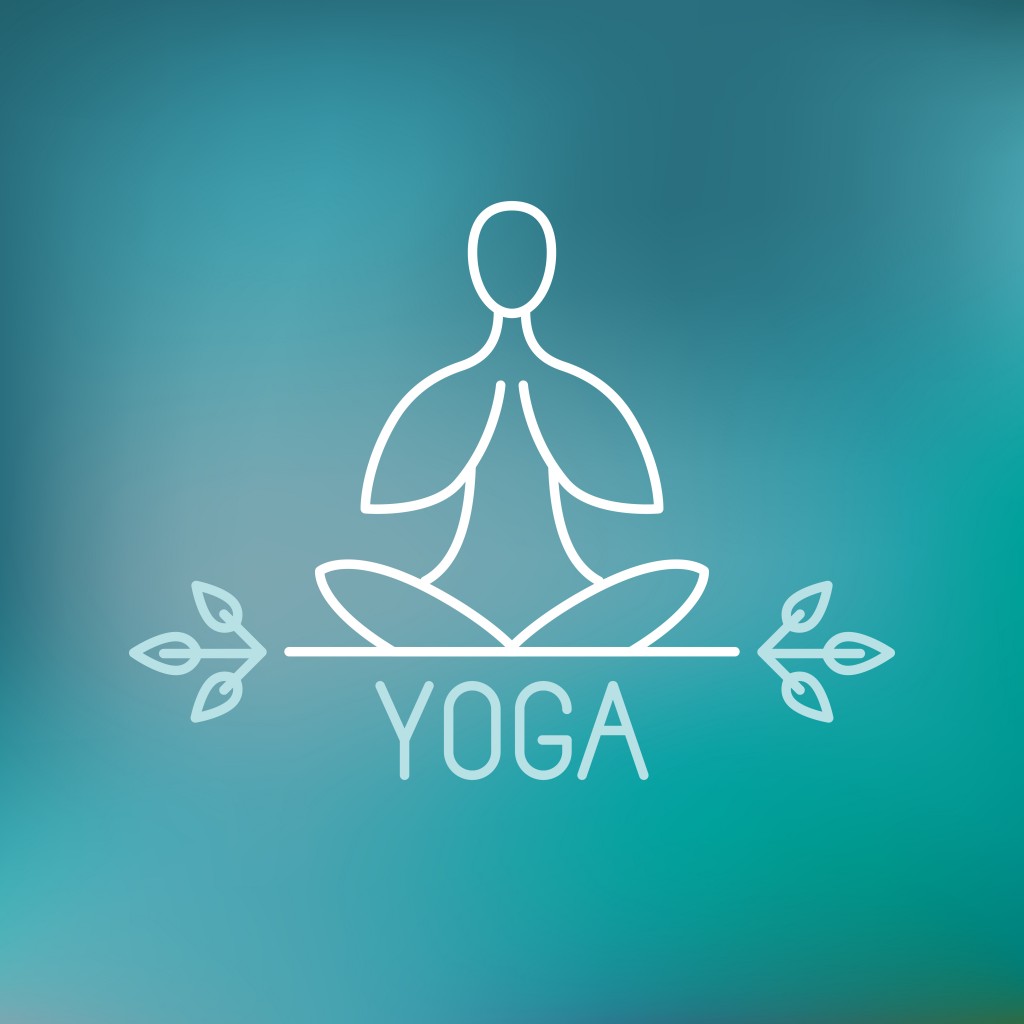 Have you been suffering from chronic pain in your neck, shoulders or back? There’s no better time than now to make a few simple New Year’s resolutions that can help reduce that pain, and put you in a position to lead a happier, more active life.
Have you been suffering from chronic pain in your neck, shoulders or back? There’s no better time than now to make a few simple New Year’s resolutions that can help reduce that pain, and put you in a position to lead a happier, more active life.
What is a New Year’s Resolution?
We’ve all heard of resolutions before, but what exactly to they mean? Many people treat their resolutions as a wish list, but then never do anything to follow up on making their New Year’s resolutions a reality. We’re going to be honest with you: if you want to reduce pain in your neck, shoulders or back, you’re going to have to take action on making things better. Sure, pain reliever can make your discomfort bearable, but it’s not a solution.
The good news is that there are plenty easy strategies you can add to your life that can provide a lot of help. That being said, let’s take a look at a handful of New Year’s resolutions that you can implement to reduce pain in 2015 and beyond …
Physical Activity
There are a broad variety of physical activities that can help reduce pain. Your interests and physical ability should drive the type of activities you choose. Yoga is an excellent, low-impact, activity that both strengthens and stretches the body, and there are specific yoga positions that help reduce neck pain. Running, walking and cycling are also excellent choices, but keep in mind that any of these may exacerbate pain. Of course, you can also go the gym, but be sure to avoid overworking a muscle group that’s already causing you discomfort.
One of the main ways physical activity helps with neck, shoulder and back pain is by bringing additional blood flow to these areas. Something as simple as a stretching regimen each day can help you loosen up those tight muscles.
Eat Better, Drink More Water
A common New Year’s resolution is to eat better. But you might be wondering how eating better can help reduce pain. For starters, without enough water, your muscles are more likely to become tight. You’re also more likely to get headaches. In addition to drinking water, eating foods that are water-rich — like fruits and veggies — can help. Plus you’ll get the benefits of the nutrients these foods provide. Including foods that contain omega-3 fatty acids, antioxidants, calcium, vitamin D and magnesium can also help reduce neck pain. In essence, we’re asking you to eat whole, fresh foods as opposed to junk food. If you are performing some form of exercise, it’s also important to make sure you’re eating enough protein to help your muscles recuperate.
Meditate
Meditating more is an excellent New Year’s resolution for many reasons. When it comes to reducing neck pain, meditation can help reduce your stress level. And since stress causes muscles to tense up — especially in the neck and shoulder region — reducing it with meditation is a good way to help keep muscles from tightening. Learn more about how to manage stress.
Get a Better Pillow
One of the main reasons we make the Natural Comfort Pillow is to help people reduce pain so they can lead happier, more active lives. Through the support of our pillow, muscles in the neck shoulders and back are more likely to relax during sleeping hours instead of tensing up because they’re out of alignment. Our pillow also helps align your spine, making it the easiest way to reduce neck, shoulder and back pain. All you have to do is get a good nights sleep!
Learn more about how our pillow can help reduce neck and shoulder pain.
Thank you for visiting Natural Comfort Pillow!





